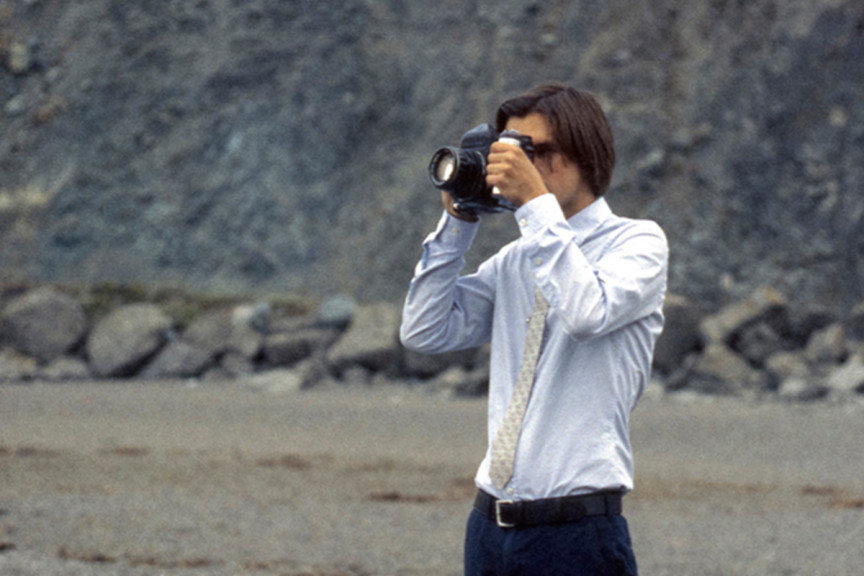Day 2 of SnappedAway In-Depth Series with Forrest Wasko. We talk about how he discovered photography as a form of expression, his mentors and how writing can help you with your work.
Can you briefly introduce yourself and your photography style to our readers?
I am Forrest Wasko. I was born in the city of Sioux Falls in the Midwest of the United States. Currently, I’m living in Minneapolis pursuing a BFA in photography at the Minneapolis College of Art and Design. Since the late 19th century, photography has become increasingly more accessible as a technology to be embraced by the amateur and the non-artist. The camera has been the tool for everyday and personal narrative for only over a century. The photograph is the journal entry and the document of experience and its memory. I believe that this is photography’s greatest and most ideal potential, and it is the focus of my process. My work investigates this aesthetic of the snapshot and its photographic language. I am interested in the accessibility and sincerity of the snapshot, and I seek to investigate that through my fine art work. The snapshot is written in a personal and proprietary language; yet, they all share a similar sense of ubiquity. We all photograph our friends and our family, our pets, our homes, and the views of our travels, the cityscape and the ocean. It’s not just about elevating the ordinary, everyday, or banal; it’s about a traditional and inherent desire to create meaning through a language of accessibility and personal narrative.
 In the Land of Color
In the Land of Color
Color slide, 2014
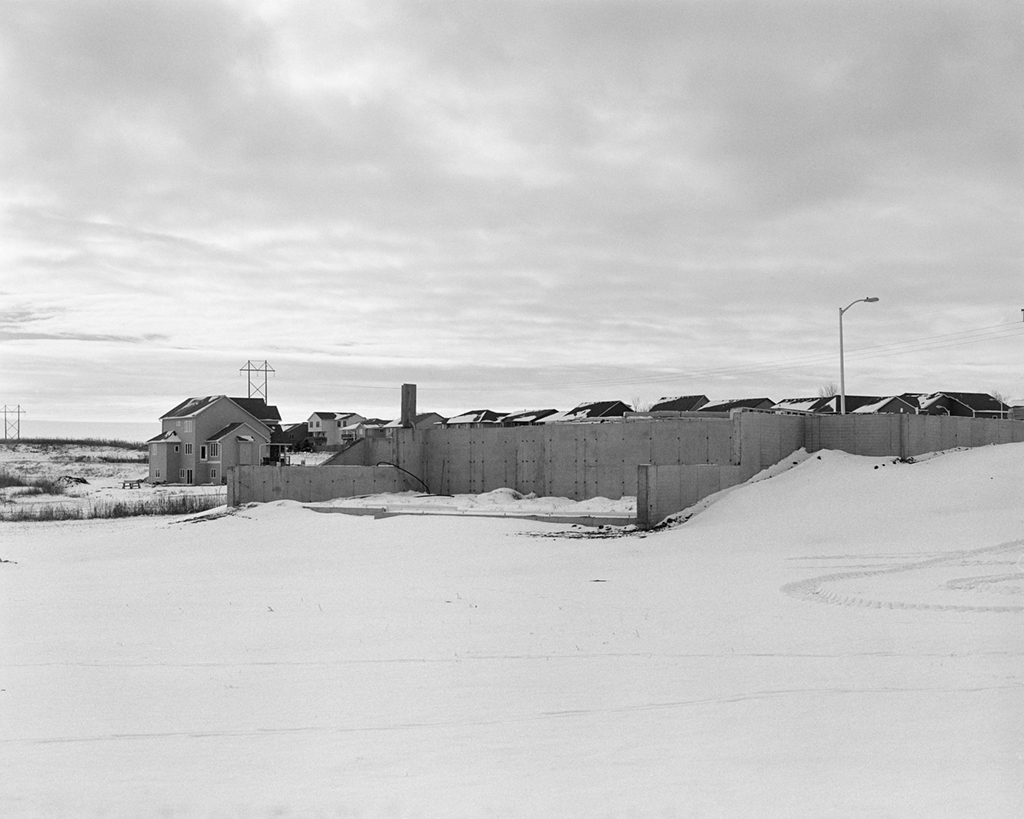 Outskirts & Non-Places
Outskirts & Non-Places
Archival pigment print, 2013-2014
How did you get interested in photography? And why did you pick photography as a medium and a form of expression?
For the longest time I knew I wanted to be an artist. I assumed that I would be a painter, or even a filmmaker. In my childhood I tried to explore both of these mediums as photography never occurred to me. It wasn’t until a teacher of mine from high school gave a lecture on the work of William Eggleston did I really start to understand the potential of photography as an art form. I had access to a camera of my parent’s, and slowly began to realize that I wanted to explore every potential of photography and that I would probably never desire to stop.
How did you learn how to shoot? And what did you find the most helpful source of information along this way?
I was lucky enough to have a very intelligent mentor from as early as high school. Patrick Frankman taught me about Eggleston, Cartier-Bresson, Frank, and so much more. His enthusiasm for photography was always inspiring and his work beautifully embodied the influences that quickly became mutual. After starting college, I’ve met an incredible number of incredible artists and mentors who also had incredible ideas and experience in photography like Robert Algeo, Katherine Turczon, and Vince Leo.
 In the Land of Color
In the Land of Color
Color slide, 2014
How about your photography style? Can you describe your journey to where you are right
now?
In the previous question, I spoke about my interest in the personal and proprietary language of the snapshot. However, I’ve had immense interest in other styles of photography that embody
similar concepts and ideas of memory and experience. A lot of my recent work has been a project of reworking images from a project I made two years ago called “The happiness was an emptiness.” Their hazy and manipulated style came from a coincidental accident involving gelatin silver photo paper that expired in 1976. I quickly realized that their hazy and dreamy effect would speak very well to the concepts of the fickle and fragile nature of memory. It’s about how memory evolves and is changed and idealized, and also memory’s relationship with the photograph as a record and document of an experience. The series is also about being in love, and about the desire to remember things accurately and the internal conflict of wanting happiness and giving into idealization.
I’ve been exploring printmaking processes that relate to photography very recently. With a process called photogravure, I’ve been reworking and remaking the images in the series. I’m trying to perpetuate the concepts of memory in a context that’s continually after-the-fact using color and visual metaphors. The series is called “After Happiness” and it is on-going.
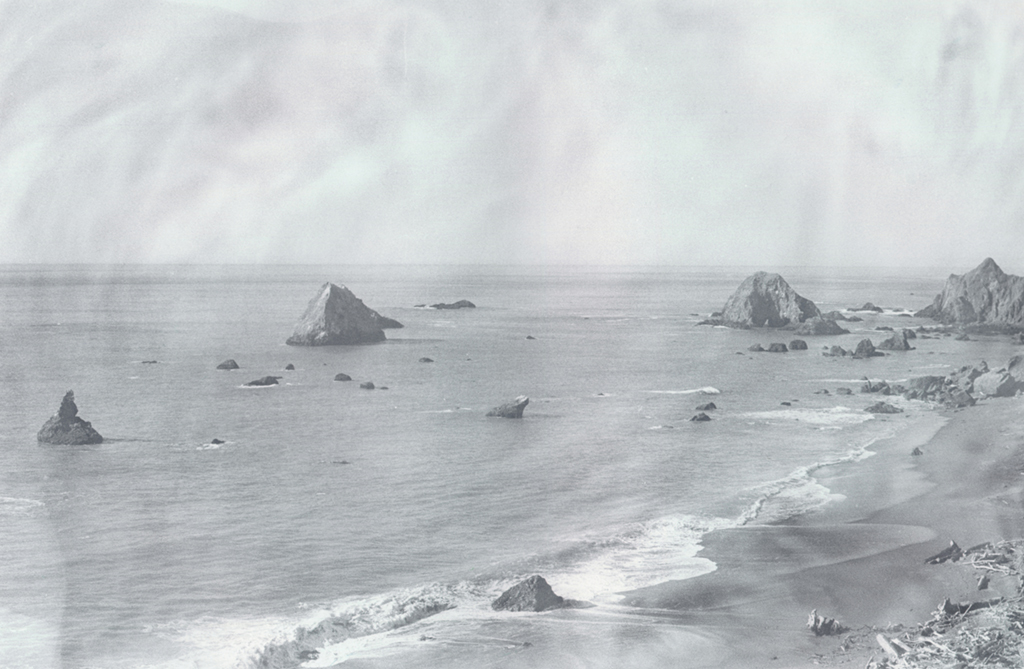 The happiness was an emptiness
The happiness was an emptiness
Unique gelatin silver print, 2013-2014
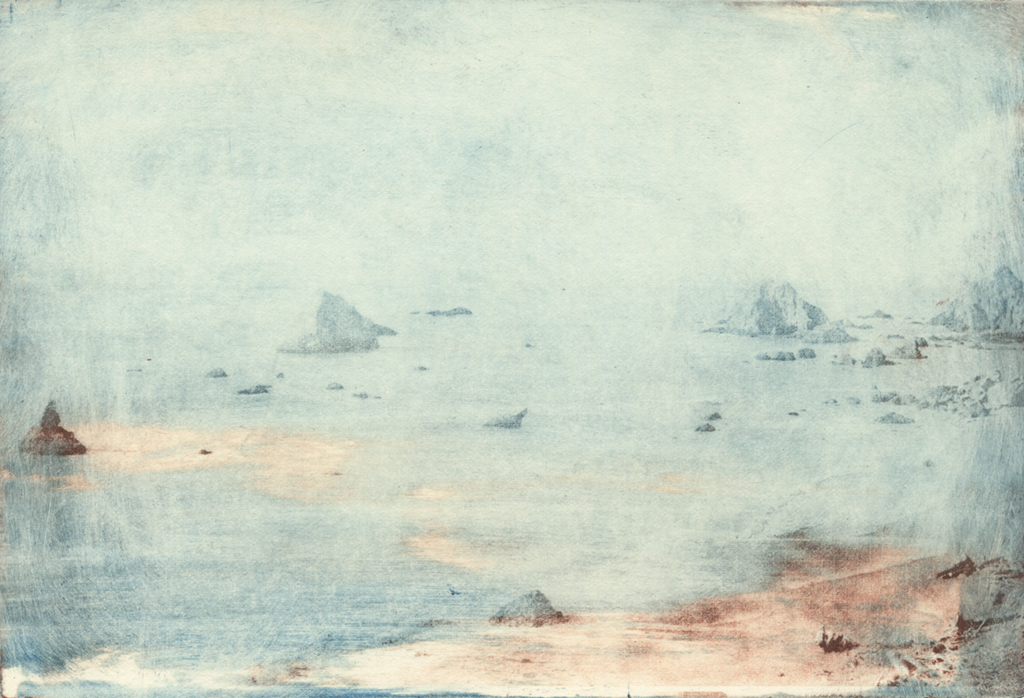 After Happiness XII
After Happiness XII
Photogravure monoprint, 2015
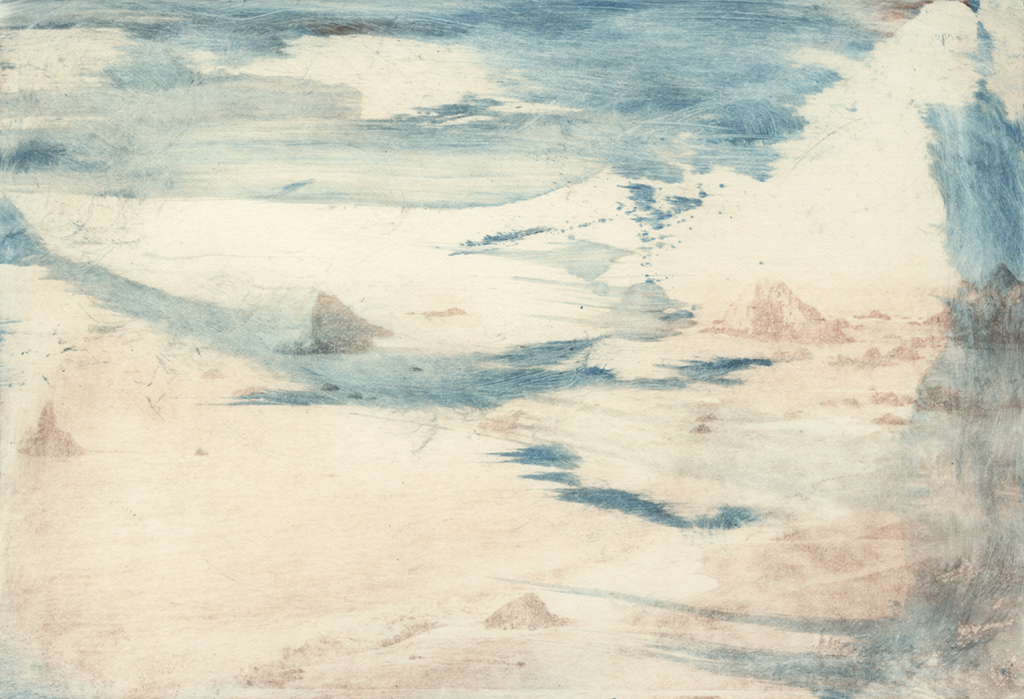 After Happiness XIV
After Happiness XIV
Photogravure monoprint, 2013-2014
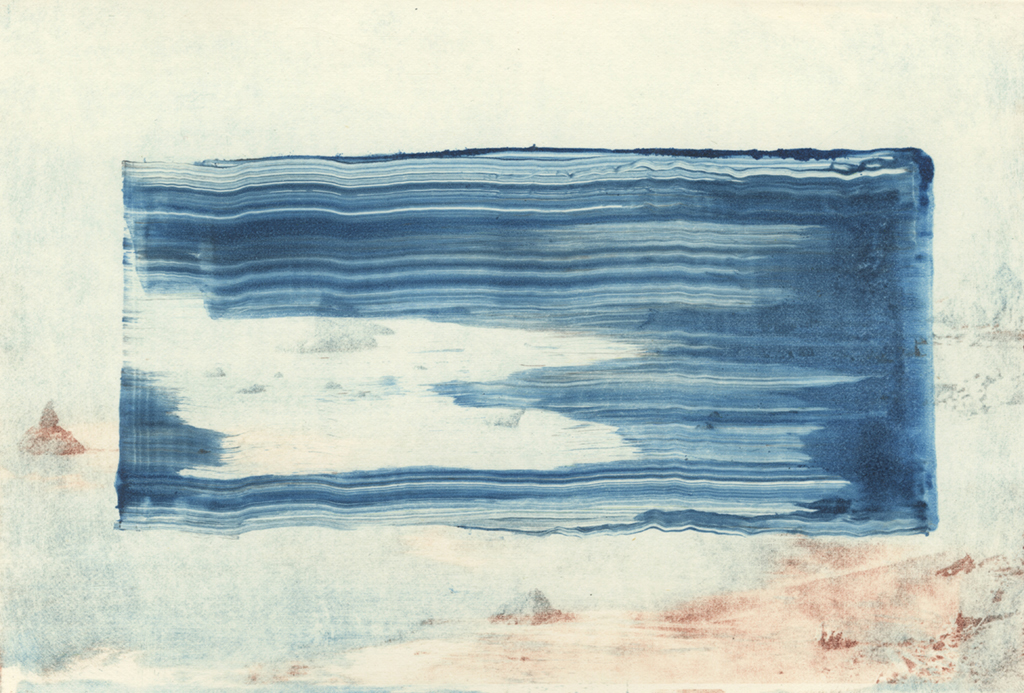 After Happiness XVII
After Happiness XVII
Photogravure monoprint, 2013-2014
Do you remember your first most inspiring photographer/ photobook/ exhibition in your life? And how about other photography masters? How do they inspire you and how do they influence your photography style?
When I first saw the work of William Eggleston, for the first time I started understanding the potential of photograph as an art form. I had never seen anything like it. His work embraced the language of amateurs but spoken so intelligently and poetically. He was one of the first photographers to legitimize color photography in fine art, and his photographs and style were transformative. A lot of my work is about Eggleston; it’s about trying to learn and speak his language and what it means to do so in 2015. To this day I look at Eggleston’s book Los Alamos and William Eggleston’s Guide obsessively.
My photo series “In the Land of Color,” I took images of a summer I spent in Northern California on color slides. In my suitcase, I brought with me Eggleston’s monograph William Eggleston’s Guide (which, only until after I began In the Land of Color, did the title of the monograph actually seem to hold a strangely and coincidentally appropriate significance.) So yes, I was using it as a literal guide; a guide for not just the photographs I took, but for the places I took myself and the situations I put myself in — a guide for the chosen and passivity of personal experiences. I chose to be a tourist of places, and people, and moments. The photographs are snapshots – slides in a projector to show back home – images from an outsider who wanted to be an insider, but knew he could only step into this transience briefly before he flew back home.
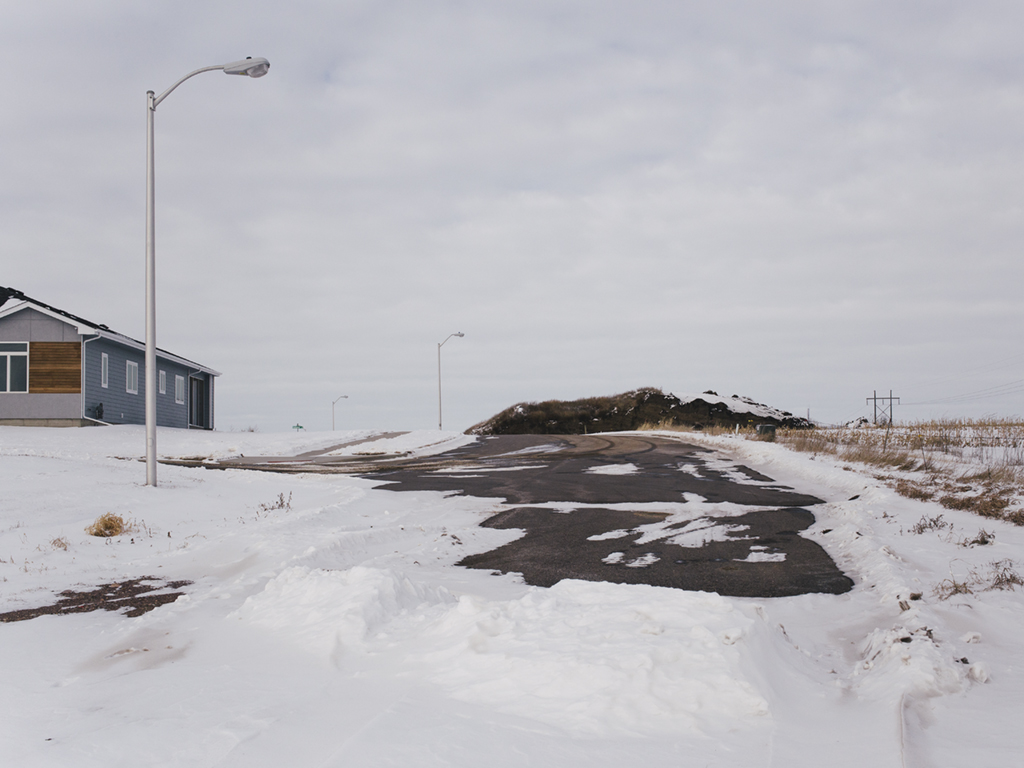 Outskirts & Non-Places
Outskirts & Non-Places
Archival pigment print, 2013-2014
What do you personally find challenging as a photographer?
Photography’s relationship with truth is the most interesting and challenging thing as a photographer. Every single representation of reality and truth is flawed and will suffer from inevitable paradox, but because of the photograph’s uncanny resemblance, it is especially difficult. The photographs I take are only an abstraction of an experience, both relatable and equally un-relatable. Ambivalence and ambiguity can only exist from the obstructed view; they exist only within the frame, the chosen container. I seek to create narrative from this ambiguity. Photographs are always conflicts unresolved; they are anxiously contained potential energy. They are fragments–prefaces, interludes, and epilogues.
What is one piece of advice you would like to offer a person starting as a photographer.
Shoot as often as you can. Seek advice and critique from mentors and artists. Collaborate with other artists. But, I think one of the most important and often over-looked thing you should do is to write about your work. Art and writing are both about the communication of your experiences, emotions, and ideas. If you can understand them and grasp them in words, it will help you immensely to understand them through images. Visual art and writing almost feel like antonyms or opposites, but they share an important relationship. I wish I wrote more often than I do, and I want to be better.
 In the Land of Color
In the Land of Color
Color slide, 2014
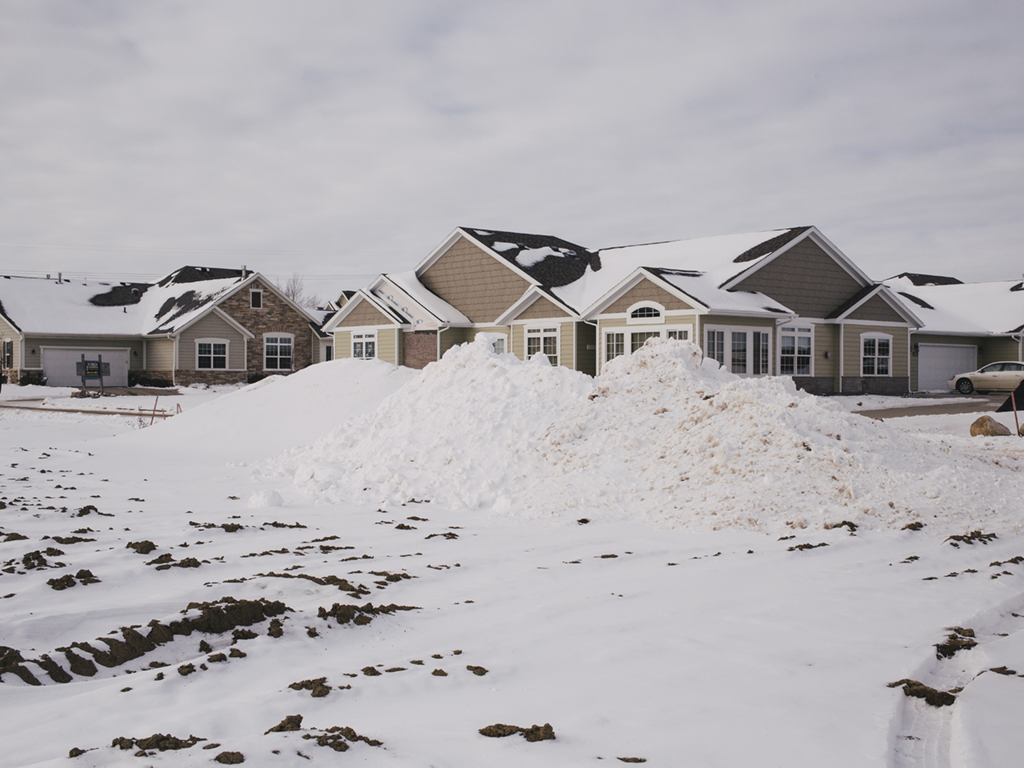 Outskirts & Non-Places
Outskirts & Non-Places
Archival pigment print, 2013-2014
If you enjoyed reading this post check the previous blog entry with my introduction to Forrest’s work and also stay with us for more of his photography.
Share this Post
Recent Posts

